MARKET PERSPECTIVE
By J Mulraj
Oct 18-24, 2025
Nations in turmoil
Image created by Bing
We may be nearing a drop.
Several nations are in turmoil, brought upon themselves by the Molotov cocktail of high debt burdens, of unsustainable commitments on elder care and of adverse demographics. Let’s see the prospects of some:
America: The world’s largest economy, with a nominal GDP of $ 29.2 trillion, has a debt/GDP ratio of 123%. The interest outgo on this is over $ 1 trillion a year, exceeding all other items of expenditure including defence, healthcare and social security. Of its debt, $ 9 trillion falls due this year, and needs to be rolled over. The main buyers will be domestic; Trump’s tariff aggression has not endeared himself with foreign buyers. Domestic buyers will want higher interest rates; but Trump is haranguing Fed Chair Jerome Powell to lower them.
In US stockmarkets there is a concentration risk. The Nasdaq has risen 18.3% since Jan 1, 2025. Of these, the Magnificent 7 stocks (all in technology) have accounted for around 65% of the gains (mainly Nvidia, Tesla and Microsoft). The US pension funds and healthcare are underfunded, and States don’t have the ability to fund them; retirees (living longer due to medical technology) may have to face cuts in reimbursement.
Aggressive tariffs have caused pushbacks, evidenced in the absence of soybean demand from a chagrined China. China is standing up to tariff bullying by restricting supply of rare earth elements. These are used by industry, especially auto, including EVs, in the semiconductor industry and, crucially, in defence. China controls 90% of supply of REE, because of its ability to process them. Other countries, including USA, have lost their manufacturing capabilities, the technology and the manpower skills to process REE. Even if USA gets supply, as Trump is seeking to, with Anthony Albanese of Australia (accidental alliteration), it would take years to build processing capabilities.
Trump’s tariff aggression has harmed America’s most valued company, Nvidia, because of pushback by China. Nvidia’s CEO, Jensen Huang, laments the fall of Nvidia’s Chinese market share from 95% to 0%. Boeing has lost the Chinese market because of aggressive tariffs and has developed a third major competitor, after Airbus, with Chinese aviation company COMAC. Tariff aggression also led to China switching soybean supply from USA to Argentina and Brazil; American farmers are facing severe demand shortage when the soy crop is ready for harvest.
Trump is expected to meet Xi Jinping early November, to sort out these issues, especially the ban on REE, which, among other things, immobilises its defence industry. The result of this summit may either energise the bull, should an agreement be reached, or awake the bear, should it not.
China: China’s debt:GDP ratio is 124%, if local-government financing vehicles (debt raised by provinces and not included in the 88% debt:gdp ratio) is added. That’s as high as America’s. The CCP has been playing the 2500 year old game, Go, which is a strategic board game between two players, with the aim of capturing more territory. The US, driven by shareholder capitalism seeking short term returns, has been playing draughts. Hence China, with Government vision and help, developed the largest manufacturing base in the world, dominance in rare earth mineral extraction and processing, also in solar energy and in pharmaceutical compounds, and excellence in EVs and cell phones.
Nonetheless, it, too, has weaknesses. Its realty sector has overbuilt residential housing with borrowed money, and created a crisis as it accounted for 31% of GDP. After China unwisely passed anti-espionage laws that could threaten even normal corporate managers, foreign manufacturers left, creating such high unemployment amongst youth that the Government has stopped publishing the stats. China’s population numbers have long been fudged, and its actual population is significantly lower than announced, creating a demographic profile that is worrisome.
EU: It is unbelievable how the EU continues shooting itself in the foot. First off, on the prodding of USA to reduce its dependency on cheap Russian oil and gas, it unilaterally stopped the purchase of it. To meet its energy needs it then bought American LNG, at thrice the cost. This ruined its industrial sector, including the 160 year old BASF, the world’s largest chemical company which had hitherto thrived for 160 years! So the hard work of 160 years to build the largest chemical company was undone by the foolishness of Chancellor Olaf Shultz when he cancelled supply of gas via Nord Stream Pipeline. This led to inflation. Its vaunted automobile manufacturers like Porche, Mercedes, BMW struggle to sell cars.
The EU then shot itself in the foot again by first proposing Ukraine entry to NATO, and then, after this triggered an invasion into Ukraine by Russia, to encourage with financial and military aid, Ukraine to fight on, and its youth to be killed. EU exhausted its Treasury and its Armoury.
EU must hate its toes, it is planning to shoot itself in the foot a third time! It is planning to seize the $ 300 b. of frozen Russian Central Bank funds and give them to Ukraine, in instalments, to be used for weapons to hit Russia. (The US was also considering supplying long range Tomahawk missiles to Ukraine; thankfully its shelved for now).
The Netherlands part of EU shot itself in the foot when it took control, on American insistence, of Nexperia, a Dutch Semiconductor company owned by Wingtech Technology of China. America had warned that Nexperia may lose access to the US market because its CEO was Chinese. China retaliated by banning exports of certain components and sub assemblies. These products were used in consumer electronics, automotive systems etc.
As a result European automakers are facing supply chain shock due to disruption in chip delivery and VW has temporarily paused production of Polo and Tiguan.
When the collective West thus supplies weaponry to prolong the war, Trump’s claims that buyers of Russian oil help prolong it, is both laughable and a doublespeak. George Orwell would have been proud.
Bond market analyst Indraanil Guha points out, in this video, () that there has been a yield curve inversion lasting for more than 500 days. An inversion is when yield on long maturity bonds is lower than yield on short duration bonds. Logically it should be higher, as investors expect a higher return to hold bonds for longer. An inversion indicates a likely recession.
An inversion of 500 days or more happened in 1929 (just before the Great Depression when the Dow Jones fell 90%), then in 1973 (when a recession crashed the S&P 500 by 50%) and then in 2007 (before the GFC, when S&P fell 50%).
In this video Lacy Hunt, former Chief Economist at the Federal Reserve explains why a recession is likely. Mainly due to falling capacity utilisation globally, due to the ludicrous tariff war and other reasons; the deflationary nature of AI, which will bring down cost of inputs like labor and energy; the liquidity draining effects of higher tariffs.
Yield curve inversion is an early warning indicator of a recession. High P/Es, high concentration of the Magnificent Seven stocks (which contributed 65% of the index gains), the continuing fracture of the global marketplace by the tariff wars (Nvidia’s fall in Chinese market share to zero, likewise for Boeing and soybean); the high US debt, interest on which is $1 trillion, crowding out funds for badly needed capex; and, most importantly, the squeezing of supply of rare earth elements, which will affect manufacture of automobiles, semiconductors, electronics and defence, are the fundamental factors suggesting tough times ahead.
Last week, the BSE Sensex rose marginally, to close at 84211.
In India procurement of paddy by Food Corporation of India in the current Kharif season (June-October, with harvesting in Oct-Nov) is very encouraging so far. Of the paddy crop, 67% is converted to rice. Procurement thus far is 8.8 million tonnes, up 96%. If such growth sustains, GDP growth will be higher than estimated.
India has also succeeded, after 7 years of research, in creating a water soluble fertiliser. This will reduce dependence of fertilisers, mainly from China.
A sobering warning has been sounded by Gita Gopinath. In an article in the Economist () she warns that as much as $35 trillion could be wiped off from stockmarket valuations. That’s 32% of global GDP of $ 110 trillion.
The bull may be given some oxygen, first by another interest rate cut by the US Fed, Oct 29, and then, fingers/legs/eyes crossed, if the Xi-Trump summit on November 1st results in both sides unwinding their foolish rhetoric on trade tariffs and normalcy prevails. That seems like hoping against hope.
Though not imminent, a significant fall appears close.
Comments may be sent to jmulraj@asiaconverge.com



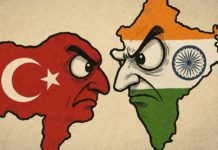
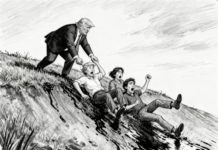






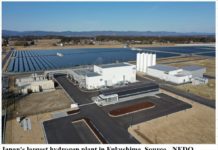
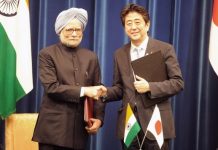
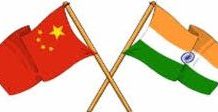

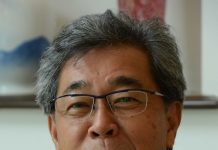




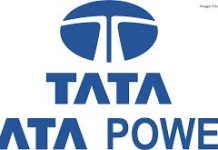
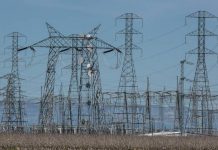

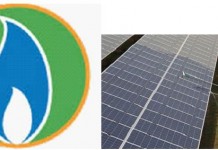


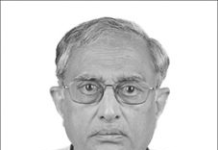

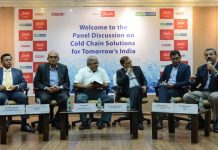
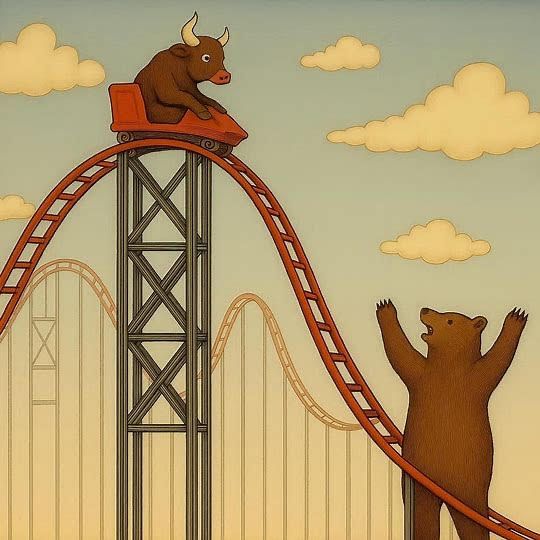



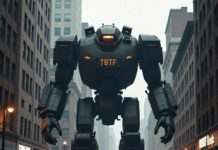
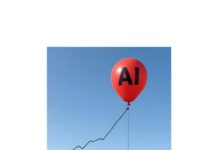






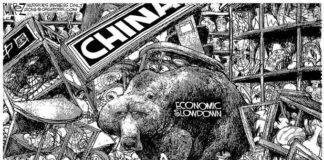
COMMENTS